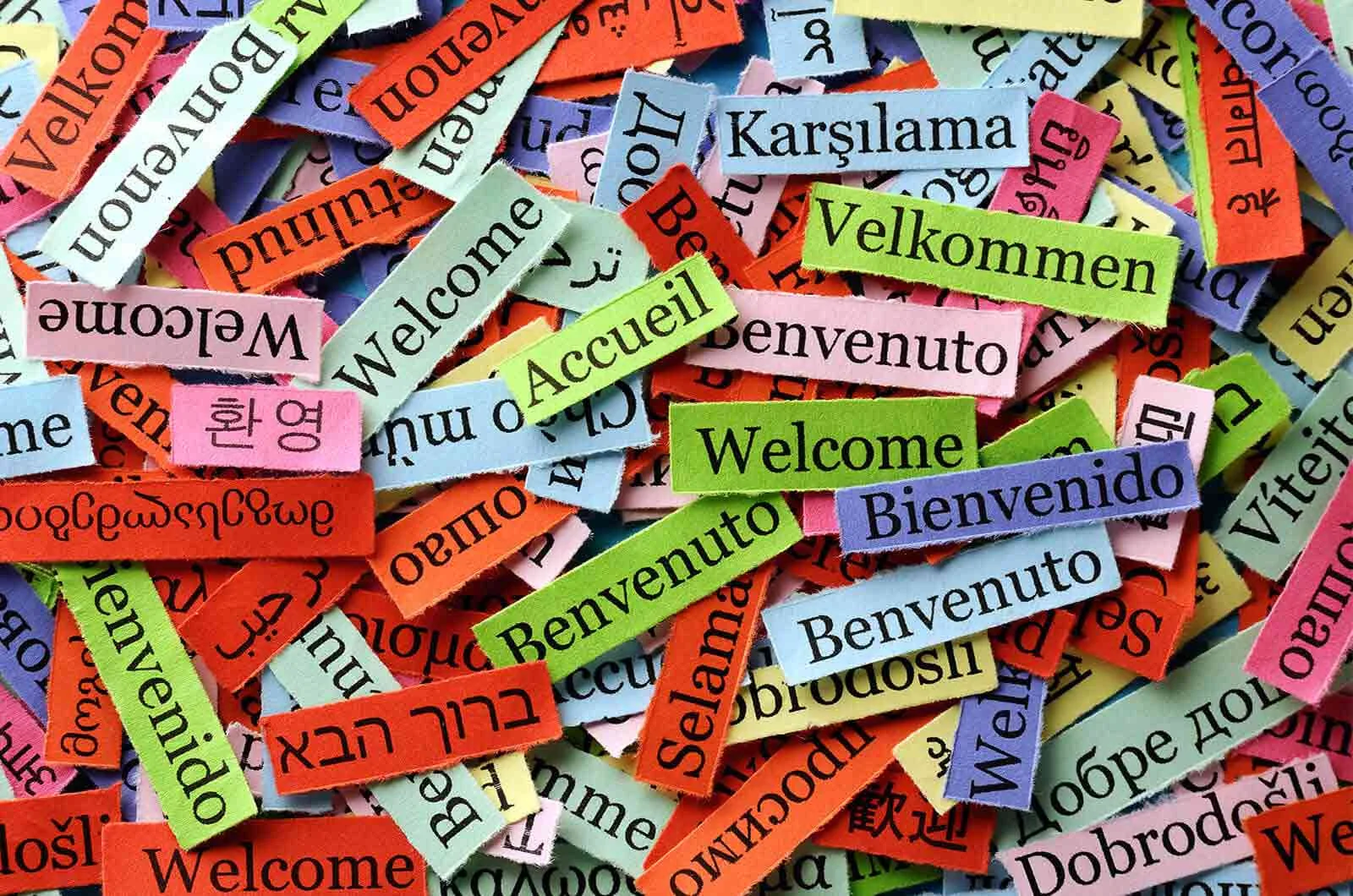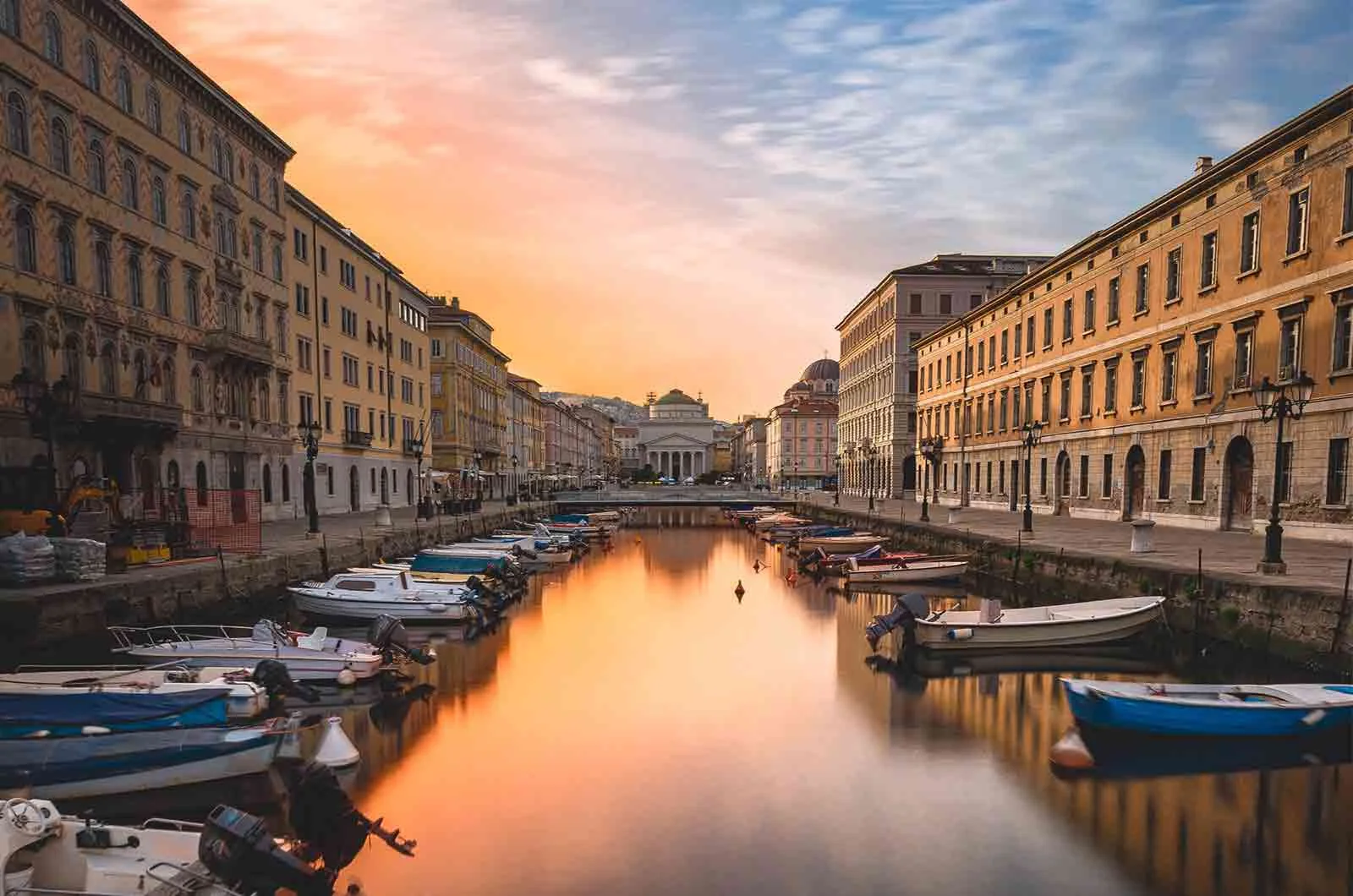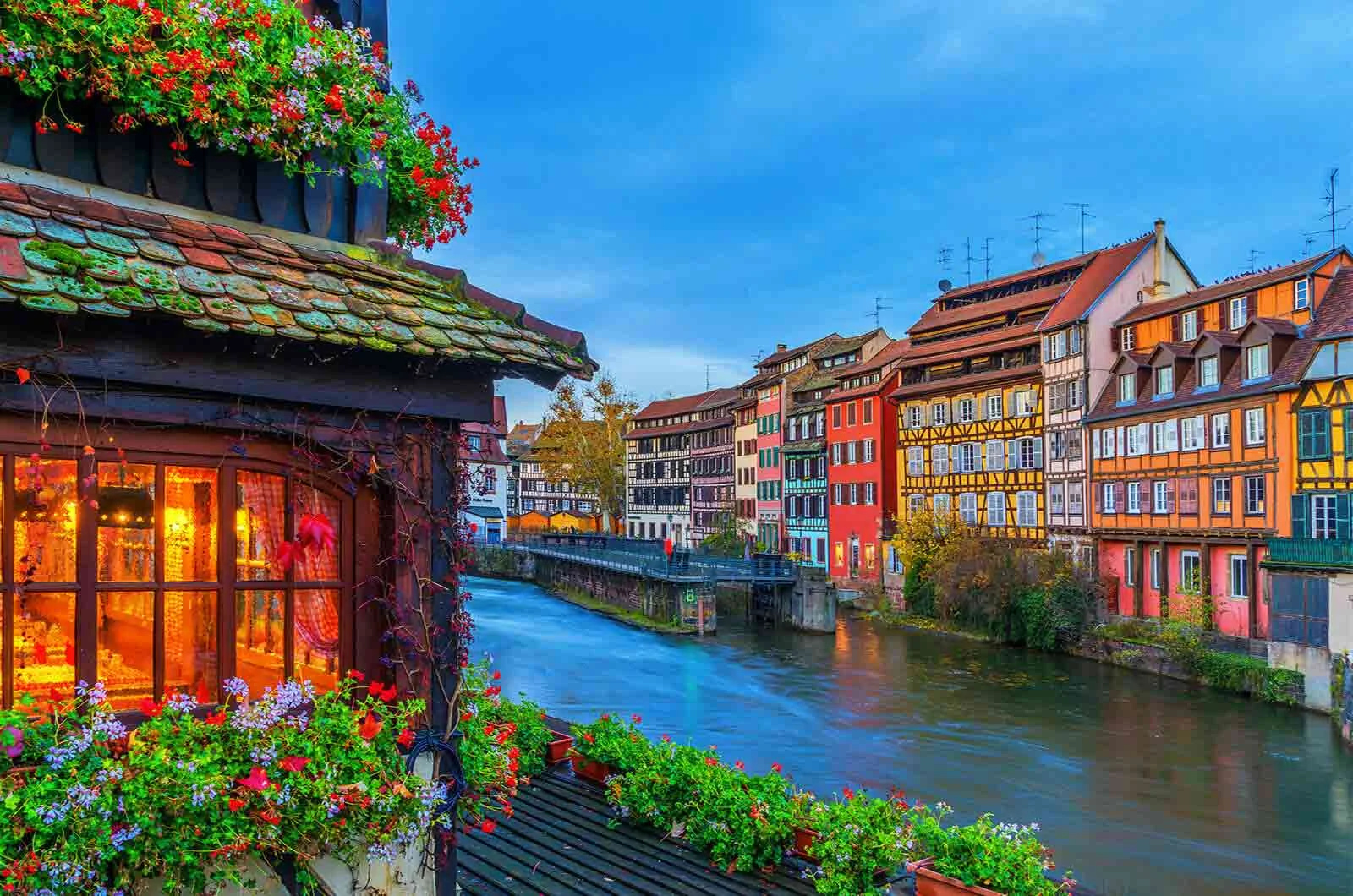
Uploading...

8 Fun Facts about the Italian Language
The Italian language is the official language in Italy. With its rounded sounds and melodic rhythm, the beautiful Italian language is considered the la lingua dell’amore – “the language of love.” Although the majority of people that speak Italian are located in Italy, Italian culture is a staple in general terms worldwide, from fashion to sportscars.
This article uncovers eight facts about the beautiful Italian language. From major curiosities of the Italian way of speaking to Italian cultural references, here you will find everything interesting there is to know about the Italian language!
1. The Italian Language Stems from Latin
The Italian language is of Latin origin and is thus classified as a Romance language. Other Romance languages include French and Spanish, meaning many Italian words cross over into these other languages. If you’re fluent in another Romance language, you might be able to understand parts of the conversation when people speak Italian.
However, Italian is the least divergent language from Latin, containing more similarities with Latin than other significant languages in its family. The only other language with as close ties to Latin is Sardinian.
2. The Tuscan Dialect became the Language in Italy
Before Italy formally became a country, it was divided into regions. Every one of these regions had its own dialect and vocabulary, with Italians in each region speaking different adaptations of the language. When Italy officially formed as a country in 1861, the various dialects were so widespread that officials had to choose a standardised language in Italy to unify the country.
This is one of the reasons why the Italian language is beautiful – the Italian Government chose the most elegant dialect and phased the less pleasant-sounding languages out. The dialect the government chose was the Tuscan version of the Italian language. At the time, only 2.5% of the population spoke this dialect.
3. Italian became an Official Langauge in Italy in 2007
For a long time, the Italian language was not the official language in Italy. The standardised version of the language was adopted by convention rather than formality. Its lack of official status was mainly down to the different regional language groups. Although a standardised version was established in 1861, only 2.5% of the population spoke the “official” version of the language in Italy.
In March 2007, there were efforts to transform the Italian language into the official language in Italy. The efforts eventually succeeded, and the beautiful Italian language achieved official status. But while 93% of the population speak Italian, 50% speak a regional dialect even today!
4. It was Initially a Literary Language
The Italian language was initially a literary language used by authors and poets. An example of this is the Italian speaker and literary icon Dante Alighieri. This man himself is a key component in Italian culture and the Italian language. His world-famous work is from 1320 and is called La Divina Commedia (“The Divine Comedy”) – the first text ever written in the beautiful Italian language.
Before this, Italian texts were written in Latin. This iconic piece set a milestone for the Italian language and was used as a source for the standardised 1861 language in Italy. Dante’s work has since been translated into various languages. It has also been enjoyed by millions across the globe that can’t speak Italian.
5. The Italian Language Has Some Pretty Interesting Words
The Italian language has some rather complex words. A great example is “precipitevolissimevolmente.” This word has 26 characters and is the longest word in the beautiful Italian language! This particular word has no Italian to English translation but can be translated loosely to “very hurriedly.”
Many other words you might use when you speak Italian have no literal translation into English. Some examples include apericena (an informal evening with tapas-style food), culaccino (the end of the salami or loaf of bread), and menefreghista (a person with a couldn’t-care-less attitude).
6. Some Italian Words Are Used in English
Despite the differences between Italian and English, many Italian words have made their way into English vocabulary. These words include ‘arabesque’, ‘archivolt’, ‘cameo’, ‘fresco’, ‘patina’, ‘terracotta’, and many others. In particular, the beautiful Italian language is the root of many words related to the arts and music. Some examples are: arpeggio, piano, staccato, allegro, and andante.
7. There Are 85 Million Italian Speakers Worldwide
The beautiful Italian language doesn’t have as many speakers as English or French, but it’s still a high number. In fact, there are around 85 million Italian speakers worldwide. Of these, about 60 million people live in Italy and speak Italian as mother-tongue.
Besides the prevalence of the language in Italy, countries like Switzerland, San Marino, Vatican City, and Istria also consider Italian as their mother-tongue. People in many other nations also speak Italian, such as the US, Australia, Malta, and Argentina. If you are Italian, it might be surprising how many other countries worldwide use the language in Italy.
8. The Italian Language Has Several Grammatical Quirks
Italian has several grammatical quirks compared to English and others. These peculiarities are what make the beautiful Italian language sound so pleasant! Next time you hear someone speak Italian, see if you notice any of the following things:
- Vowels: Nearly all words end in a vowel, with seven vowel sounds in total. Although there are only five distinct vowels, there are still two phonemes present that represent the “extra sounds” (such as the long Os) that make the Italian accent so charming.
- Word Stress: When you hear someone speak Italian, you’ll usually hear stress placed on the second-to-last syllable. This gives Italian a distinct rhythmic quality that makes it so lovely to listen to.
- Few Js, Ks, Ws & Ys: Although the Italian alphabet has the same number of letters as the English one, words that use J, K, W, and Y are most likely loanwords. The primary Italian alphabet consists of only 21 letters.
Renaissance Translations’ Italian Translation Services
Italian is fantastic with a great history supporting it. From its origins to the artists that brought it to light, you cannot deny its influence in literature and arts. Along with its beautiful sound, this makes learning to speak Italian a dream for many. With a famous tourist destination for people around the world and a large economy that attracts many businesses worldwide, Italy is one of most attractive places for all. On a business level, Italian translations are in high demand and the need for Italian translators is higher than ever.
If you can’t speak Italian but need to communicate with Italian speakers and customers, our Italian experts are here to help. Our Italian translation services include, not only translation but also transcription, video subtitling, voiceover, typesetting and more. We provide our services in hundreds of language combinations. Whether Italian to English, Italian to Arabic, or Italian to Russian, our professional Italian speakers are waiting to help. Your partnership with Renaissance Translations also comes with professional memberships such as ATC, so you can rest assured that you’re in safe hands. Get in touch today.
Related Posts


© Copyright 2023 Renaissance Translations Ltd | Company Registration No. 07472408 | VAT Registration No. 313 4632 33


